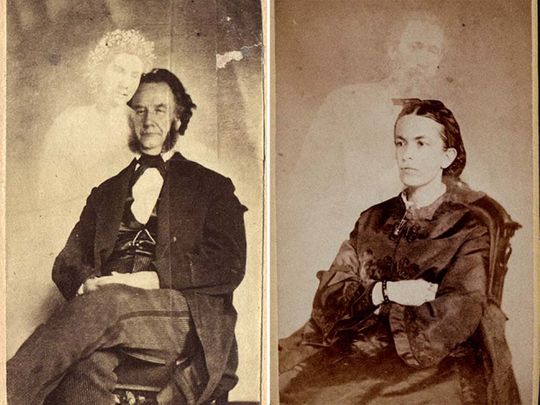
Yesterday was April Fool’s Day – a day associated with harmless pranks and hoaxes. But history books have seen frauds dating back some 800 years… and many of them were so convincing, they changed countries’ economies or prompted mass panic.
Click start to play today’s Spell It, where we find an ‘array’ of shocking hoaxes in history.
You can find some of these incredibly large-scale hoaxes across the world, in places like Asia, US and Europe. Some are still preserved on film, in museums, or embedded in city corners. Here are a few worth noting:
1. The apocalyptic letter, Spain
Toledo in Spain is a United Nations Educational, Scientific and Cultural Organisation (Unesco) listed historic city. But in 1184, astrologers from this city wrote a letter that caused chaos across Europe. The letter warned that the world would end in a series of earthquakes, storms, and disease – in just two years (1186). Cue panic. People in many regions around the world began to reconnect with their religions, and prayed to escape the apocalypse. Over the years, versions of the Toledo letter have circulated in different places, creating fresh alarm.
2. Pictures from the other side, US
In the J. Paul Getty Museum, in Los Angeles, and the George Eastman Museum in New York, there are a number of eerie pictures by American photographer William H. Mumler. In one, a man in a suit poses for a picture, while a ghostly woman looks over his shoulder. In another, a woman looks off to the side, waiting for her picture to be taken, while a ghostly, bearded figure looms over her head. Mumler achieved a reputation for capturing spirits lurking alongside humans, in his photography in the 1800s. People would pay him generously, thinking the spirits were long-lost loved ones. But Mumler was actually just great at compositing two photographs together – he would use stock photographs that resembled people’s deceased relatives, and create the eerie pictures… and then cash out!
3. The Napoleonic scam, UK
In London’s financial district, a short street named Bartholomew Lane, was once home to the London Stock Exchange. In 1814, an audacious hoax caused chaos and panic in this very area, thanks to British Lord Thomas Cochrane and his accomplice, Captain de Berenger. This is how they played it out. De Berenger put on a military costume and went to Dover, England, where he told everyone who would listen that he had just arrived from Paris. He declared that the French emperor Napoleon Bonaparte had just been killed and France was about to be defeated by the Allies. The good news spread like wildfire. The next day, London’s stock exchange saw a trading boom – something Cochrane had predicted. Cochrane had previously stockpiled government bonds, and he was now able to sell them immediately at a huge margin. Within a few days, it became clear that Napoleon was still alive, and the financial fraud was exposed. Cochrane was tried, and he tried to shift all the blame to de Berenger. But he was found guilty and quickly fled England, penniless and a wanted man.
What do you think of these scams? Play today’s Spell It and tell us at games@gulfnews.com.








